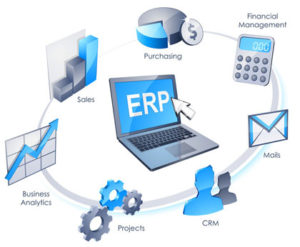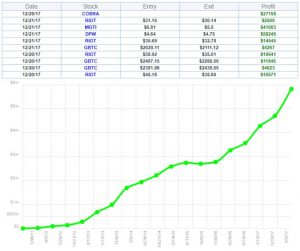How To Evaluate The Worth Of Your Ecommerce Business?
The e-commerce industry has expanded to assume global proportions over the past few years. With their growth, e-commerce giants have also taken into their fold all manners of small business, providing them with a platform to launch and thrive. However, because many entrepreneurs use these platforms to run a business as a side hustle to supplement their income, they can start to keenly feel the pressure of expanding and scaling as they lack the resources to expand.
In the face of such a predicament, they may choose to offload the business and walk away while it is still doing well. Numerous factors go into the preparation for selling an ecommerce business. However, the most fundamental thing to do for these sellers is to place a valuation on their business, its assets and operations. Here’s a guide to evaluating the worth of an ecommerce business for sale.

Business valuation and its methods
Business valuation is the procedure used to arrive at an economic value of a company or its units based on a number of factors like the age of a business, its financial health, customer data like website traffic, logistics, inventory and overall operations. While many of these factors are highly subjective in nature, the methods used for valuation include equations that use numerical variables to arrive at an accurate figure that describes the value of a company. Based on the size of a business, valuation can be done using various methods.
Earnings-based methods
These methods consider the earnings made by the company to determine its value.
- SDE: Companies smaller than $10 million use the Seller’s Discretionary Earnings (SDE) method. It can be calculated using the equation SDE = Revenue – Cost of Goods Sold – Operating Expenses + Owner Compensation. In this method, the owner’s compensation is regarded as an expense that the owner incurs of their own volition. Owners can choose to not consider this compensation or other expenses like personal travel. Alternatively, these can be shown in the business accounting books for tax benefits.
- EBITDA: Businesses estimated to be above $10 million often use the earnings before interest, taxes, depreciation, and amortization (EBITDA) method. The owner’s compensation cannot be added back in this method. Valuation can be carried out using the formula EBITDA = (Revenue – Expenses) + Depreciation + Amortization.
Growth and revenue-based methods
Earnings-based methods are often adequate in determining the valuation of a company. In some cases, when assessing the growth and revenue of a company is warranted, the discounted cash flow (DCF) analysis method is required. DCF calculates what the return on investment will be for the buyers of a particular business after inflation has been adjusted. The idea is to get a sense of the future value of the company. This method is more commonly used for businesses that focus on technology and have a large capitalisation.
Sales precedents
While an incomplete method of valuation in itself, assessment of sales precedents in the same industry can be very useful. Sellers can know what to expect from buyers when they look at how much money businesses that were of a similar size and had been in the market for as a comparable duration made from selling operations.
Factors in determining valuation
While mathematically computing the value of an ecommerce business for sale is important, remember that a number of subjective factors also inform the valuation of a company. Here are a few such determinants that can be improved by entrepreneurs to strengthen their saleability–
Age and financials: Businesses that have been run efficiently for more than three years and those that witnessed a steady growth over five years and more attractive for buyers. Additionally, clear financial records that indicate a company’s growth potential and return on investment are imperative.
Customer service: A base of loyal and satisfied customers is extremely important for any business to thrive. The measures taken by a business to retain them are a key factor in evaluating the worth of a business.
Returns and refunds are common in e-commerce businesses, and a high volume of demands for these can be detrimental to the health of an ecommerce business. Honest and accurate marketing and top-notch customer service can help drive down the numbers of returns and refunds.
Operations, logistics and inventory: Increasing margins, cutting costs and other such operational pursuits add value and increase efficiency. Moreover, fulfilment of orders, whether by the business itself or a third party, is at the centre of any e-commerce business. A well-maintained inventory also goes a long way in adding value to your business.
Brand recognition: An e-commerce business that has a good customer base along with a strong presence on the internet and social media manages to create some brand recognition. Such a business is more likely to hold more value in the eyes of a buyer.
Conclusion
The bottom line is that the valuation of your business depends entirely on how you have managed it so far. Even though you may not have started operations with the intention to sell ecommerce business, it is crucial that you think about the long term and prepare for any eventuality. This guide to evaluating your e-commerce business will help set the ball rolling. By optimising operations, an entrepreneur can help their business realise its full potential, while also creating an enterprise that is saleable.








